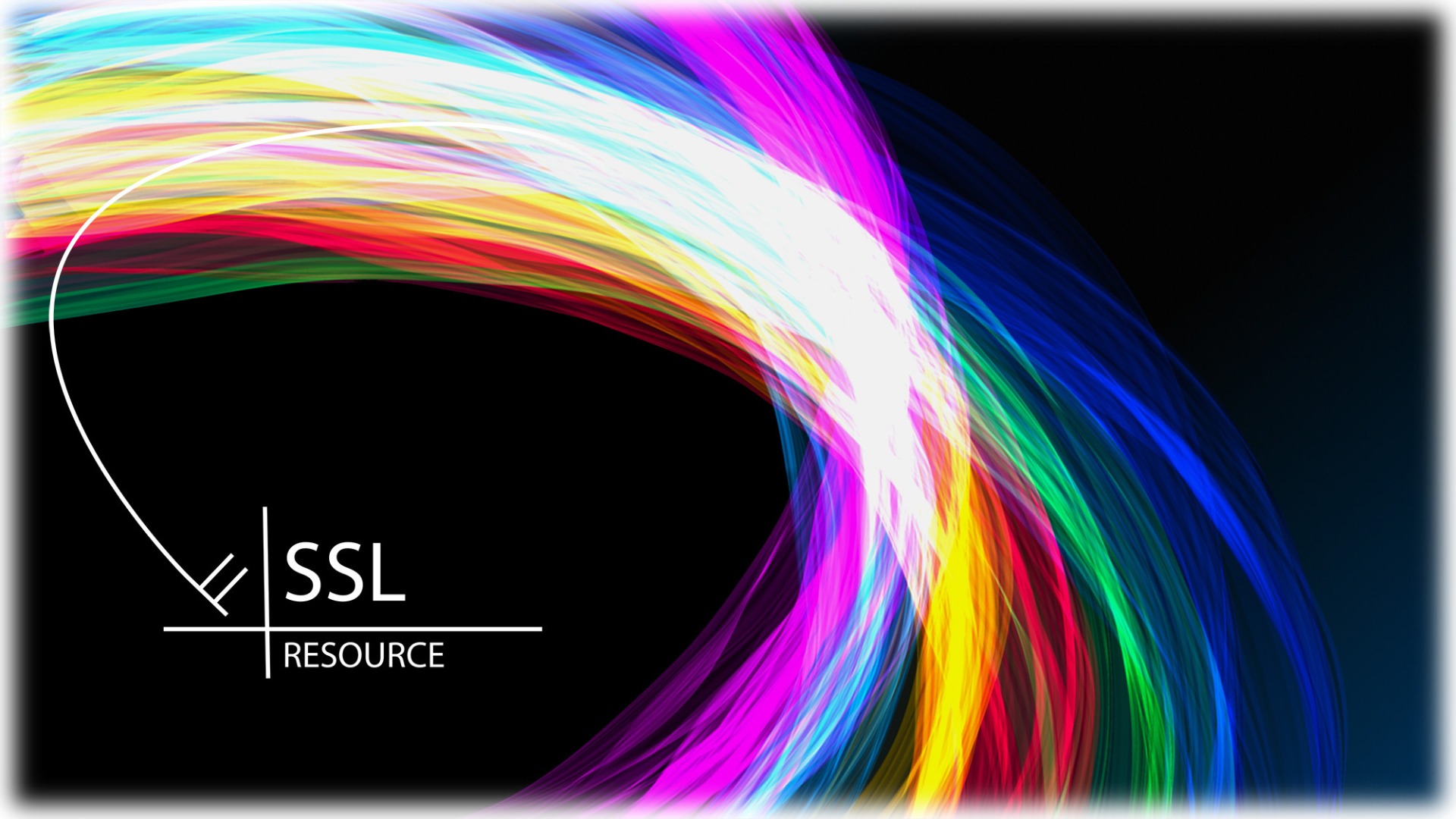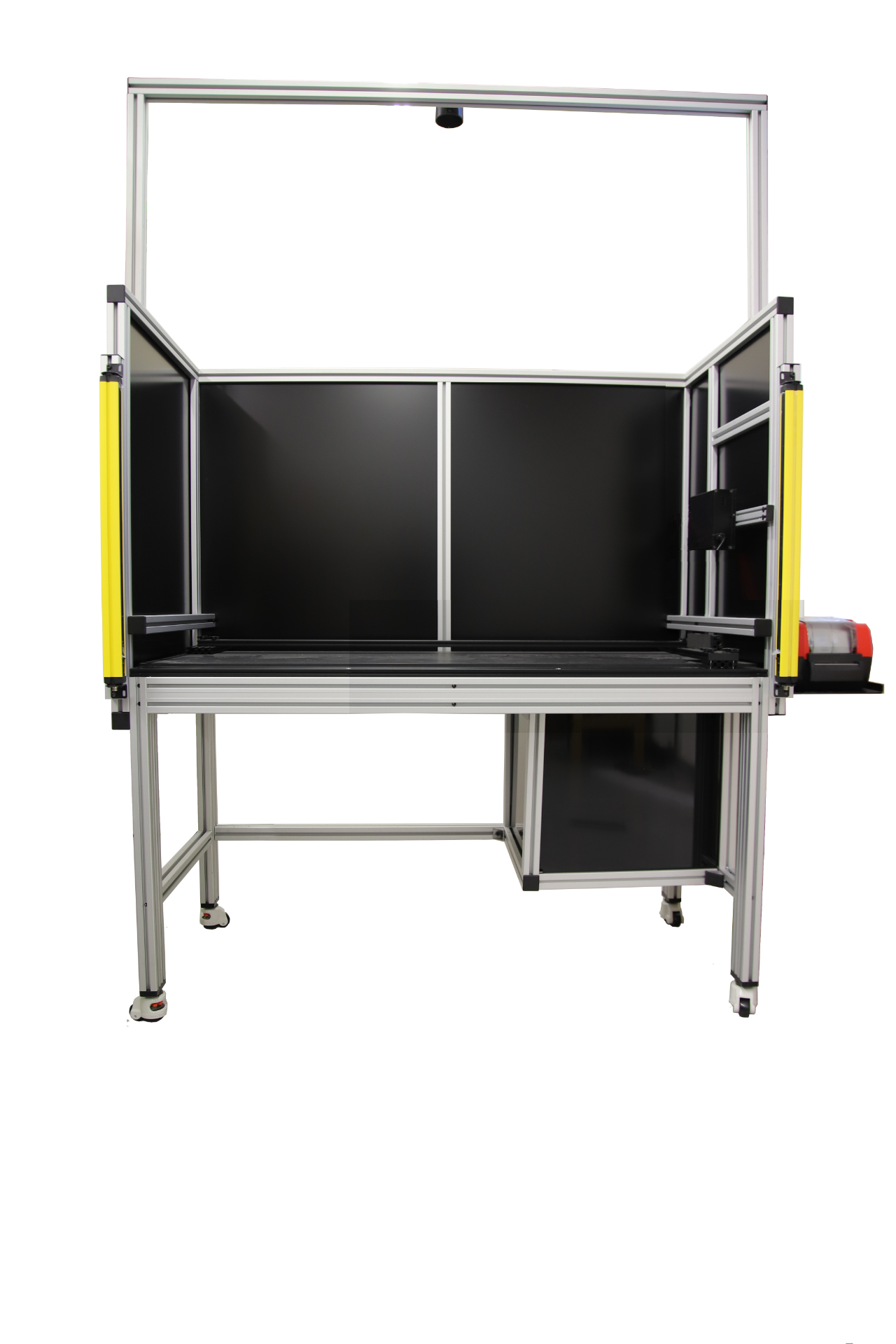Flicker
Visible change in voltage or in brightness of illumination
/ APPLICATIONS / FLICKER
Light Flicker. Modern semiconductor light sources (SSL) have a lot shorter response time than the traditional light sources e.g. filament lamps. This makes the LED-light sources more vulnerable to power-line flicker. In addition fast temporal modulation of LED-light sources is frequently used e.g. for dimming.
Temporal light modulation becomes visible if the modulation frequency is below certain frequency (above which an intermittent light stimulus appears to be completely steady) and if the magnitude of exceeds a certain levels. This visible light modulation is called light flicker or just flicker. The frequency below which light flicker appears is different in different condition, but is usually between 60 Hz and 400 Hz.
Unfortunately, light flicker can dramatically change the visual sensation and lead to wrong perception of the environment. Light flicker can lead to a decrease in visual performance, and even cause acute health problems such as epileptic seizures and migraine episodes.
Therefore a regulation for the flicker measurements of the luminaires has been found to be important. Commission Regulation (EU) 2019/2020 of October 1st, 2019 includes requirements for flicker level (SVM and PstLM) allowed in lighting fixtures. The requirements will become mandatory starting on September 1, 2021
Power-line flicker. The voltage of the power grid is unfortunately not absolutely stable, but fluctuating slightly up and down. This fluctuation is called Power-line flicker. Power-line flicker is caused by changing loads like starting and stopping electric motors.
Only high power-line flicker normally causes malfunction of electronics or other instrument, but even lower flickering can often cause visible light flicker. For this reason light flicker should be measured with simulated input voltage containing certain type of power-line flicker as described in IEC TR 61547-1
Parameters describing light flicker
Flicker Frequency, f (Hz) describes the repetition speed of the light intensity variation. The f does not depend on the waveform shape. Flicker frequency f is the inverse of the time period T (s) of one cycle.
Percent flicker, MI (%) also known as the modulation index (MI). It does not depend on the waveform shape. Relative cyclic variation (A-B) compared to the total of maximum and minimum values (A+B)
MI = (Max-Min)/(Max+Min)*100%
Percent flicker, MI varies from 0% (no flicker) to 100%.
IEEE 1789-2015 classifies flicker by Percent flicker and Flicker frequency in three categories No observable effect level, NOEL(= green), Low-risk (=yellow) and Risk (=White) as shown in right chart of Figure 1
Flicker Index, FI describes a cyclic variation taking into account waveform shape, defined as:
FI = Area 1 / (Area 1 + Area 2)
FI varies from 0 (no flicker) up to 1. See the left figure below.
Stroboscopic Effect Visibility Measure, SVM measures the visibility of flicker. Detailed description of SVM is presented in CIE TN006 and IEC TR 63158. If SVM<1, flicker is not visible, if SVM=1 flicker is just visible and if SVM>1 flicker is visible.
Short-Term Perceptibility of Light Modulation, PstLM, also measures the visibility of light flicker. Higher PstLM values mean more visible flicker.
Commission Regulation (EU) 2019/2020 of October 1st, 2019 and IEC TR 63158 have set the pass criteria in new IEC TR 63158 for SVM and PstLM. The maximum allowed value is 0.4 for SVM and 1. for PstLM measured at full load (except for HID when the used luminous flux is more than 4 klm and for light sources intended for use in outdoor applications, industrial applications or other applications where lighting standards allow a CRI< 80)
SSL resource can offer a cost effective Flicker Analyzing System (SSL FAS 21) that can measure all the current flicker parameters and the flicker properties of the measured light source.

SSL FAS 21
Dedicated and cost effective flicker analyzing system. Measures all the flicker parameters required by ECODESIGN regulation.
Other SSL test systems for flicker measurements





